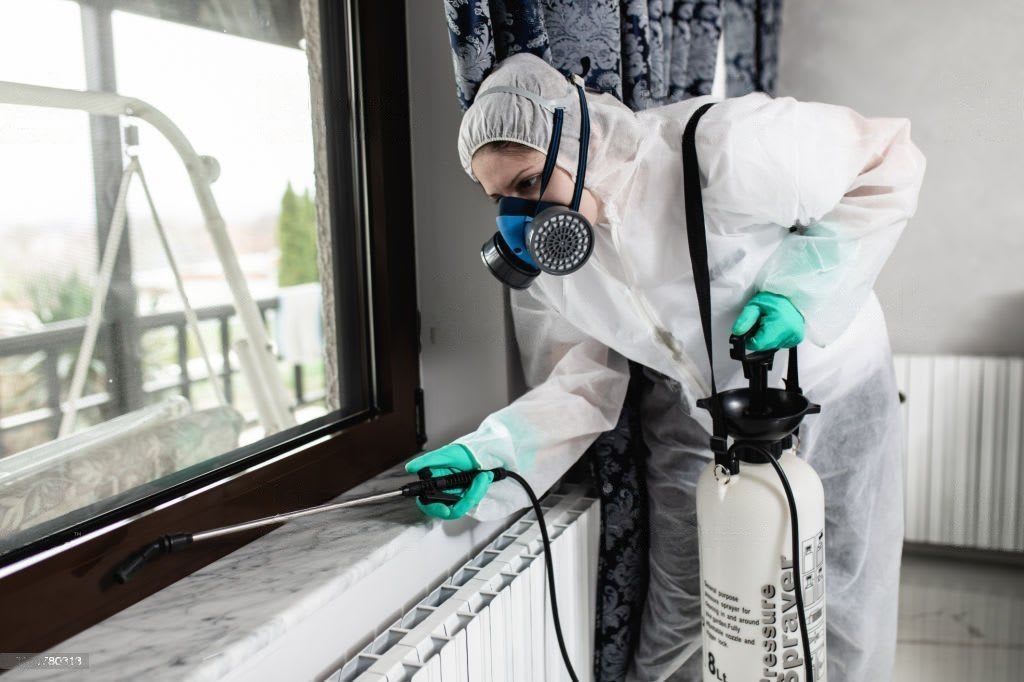Content warning
This story may contain sensitive material or discuss topics that some readers may find distressing. Reader discretion is advised. The views and opinions expressed in this story are those of the author and do not necessarily reflect the official policy or position of Vocal.
Dead Animal Removal: Essential Steps and Best Practices
Essential Steps and Best Practices

Dealing with a dead animal on your property is an unpleasant but necessary task. Whether it's a small rodent, a bird, or something larger like a raccoon, proper dead animal removal sydney is crucial for health and safety. This guide will walk you through the essential steps and best practices to handle dead animal removal efficiently and safely.
Why Dead Animal Removal is Important
Dead animals can pose significant health risks. They can carry diseases, attract other pests, and emit foul odors as they decompose. Here are some key reasons why prompt removal is essential:
Health Risks: Dead animals can harbor diseases like rabies, tularemia, and hantavirus. They can also attract parasites such as fleas, ticks, and flies, which can spread illnesses to humans and pets.
Odor Control: The decomposition process produces strong, unpleasant odors that can permeate your home or yard. This smell can be difficult to eliminate without proper cleaning and deodorizing.
Pest Attraction: The presence of a dead animal can attract scavengers and pests, including other rodents, insects, and even larger predators.
Steps for Safe Dead Animal Removal
1. Assess the Situation
Before touching the animal, assess the situation. Determine the size and type of the animal and the location where it has died. This assessment will help you decide on the appropriate removal method and whether you need professional assistance.
2. Gather Necessary Supplies
You’ll need the following supplies to safely remove a dead animal:
Disposable gloves
Face mask
Plastic bags (preferably heavy-duty)
Disinfectant solution
Shovel or scoop (for larger animals)
Paper towels or rags
3. Protect Yourself
Always wear disposable gloves and a face mask when handling a dead animal to protect yourself from potential diseases and parasites. If the animal is in a confined space, ensure there is adequate ventilation.
4. Remove the Animal
For small animals, use a paper towel or rag to pick up the carcass and place it in a plastic bag. For larger animals, use a shovel or scoop to transfer the carcass into the bag. Double-bagging is recommended to contain any fluids and odors.
5. Dispose of the Carcass
Check your local regulations for dead animal disposal. Many areas allow disposal with regular trash, but some may require special procedures. Alternatively, you can bury the animal at least three feet deep, away from water sources and gardens, to prevent contamination.
6. Clean and Disinfect
Thoroughly clean and disinfect the area where the animal was found. Use a strong disinfectant solution to kill any remaining bacteria or viruses. Dispose of gloves and any used cleaning materials in a sealed plastic bag.
7. Deodorize
If there is a lingering odor, use an enzymatic cleaner designed to break down organic material. These products are effective in eliminating odors caused by decomposition.
When to Call a Professional
While many small dead animals can be handled safely by homeowners, there are situations where professional help is necessary:
Large Animals: If the animal is too large to handle safely or is in an inaccessible location, a professional removal service is recommended.
Infestations: If you suspect the dead animal is part of a larger infestation, such as in an attic or crawl space, a professional can assess and address the broader issue.
Health Concerns: If you have health concerns or are unsure about handling the animal, it's best to call a professional.
Preventing Future Issues
Taking steps to prevent animals from dying on your property can save you from dealing with dead animal removal in the future. Here are some tips:
Secure Trash: Ensure that your trash cans are securely closed to prevent animals from scavenging.
Seal Entry Points: Check for and seal any entry points in your home or outbuildings where animals might enter and become trapped.
Use Repellents: Utilize animal repellents to discourage wildlife from coming too close to your property.
Maintain Your Yard: Keep your yard clean and free of debris where animals might hide or nest.
Regular Inspections: Conduct regular inspections of your property to identify and address any potential issues early.
Conclusion
Dead animal removal is an unpleasant but essential task to maintain a safe and healthy environment. By following these steps and best practices, you can handle the situation efficiently and reduce the risks associated with dead animals. Remember, when in doubt, seeking professional assistance is always a wise choice.
About the Creator
Enjoyed the story? Support the Creator.
Subscribe for free to receive all their stories in your feed. You could also pledge your support or give them a one-off tip, letting them know you appreciate their work.





Comments
There are no comments for this story
Be the first to respond and start the conversation.